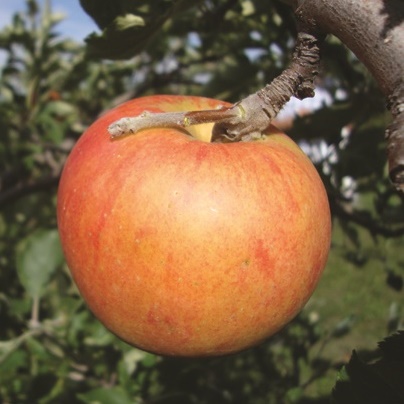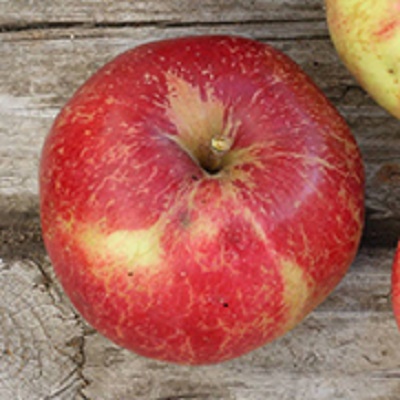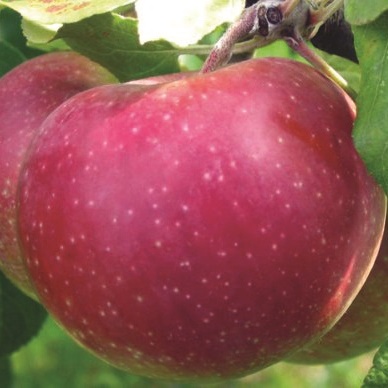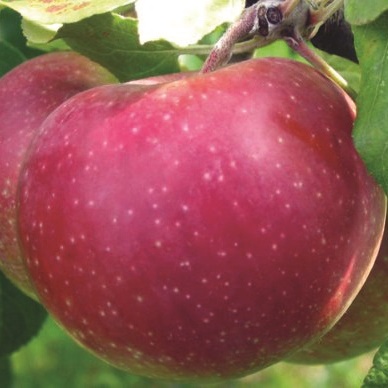Apple : HOLSTEIN Dwarf (B10) (Orchard Grade)
$37.95
An 'orchard grade' is a tree that may be somewhat shorter, slightly crooked, or a bit scratched, or for some other reason is not a perfect front lawn specimen. These trees will work just as well in an orchard as a first or number one would, since they still produce the very same fruit.
Discovered in Hamburg, Germany in 1918, Holstein is thought to be a seedling of Cox Orange Pippin. The medium-large, mottled orange fruit has often been a favourite at apple tastings. Highly aromatic with a delightful mixture of sweet and tart flavours and a hint of pineapple, it is prized for fresh eating and for flavourful juice. Vigorous, scab resistant tree. Holstein is a good keeper.
NEEDS A POLLENIZER | ZONE 4 | HARVEST: EARLY OCT.
TRIPLOID- Plant with several other varieties.
.
.
Only logged in customers who have purchased this product may leave a review.
Growing Tips
Besides selecting the most disease resistant varieties, there are
a few simple things to do to have better apples.
- Fertilize under the outer edges of your trees. There are no feeder roots next to the trunk. A well fed tree stays healthier. (Adequate calcium in the soil also helps so that apples keep longer.)
- Pick up fallen fruit and compost, dispose of, or feed to livestock (where possible).
- Rake up leaves in the fall and compost them away from the orchard.
- Prune trees to encourage light and air to reach the inside of the tree.
- Provide bird nesting sites near your orchard. A variety of orchard companion type plants will attract native pollinator insects and also encourage birds to come and eat insect pests.





Reviews
There are no reviews yet.